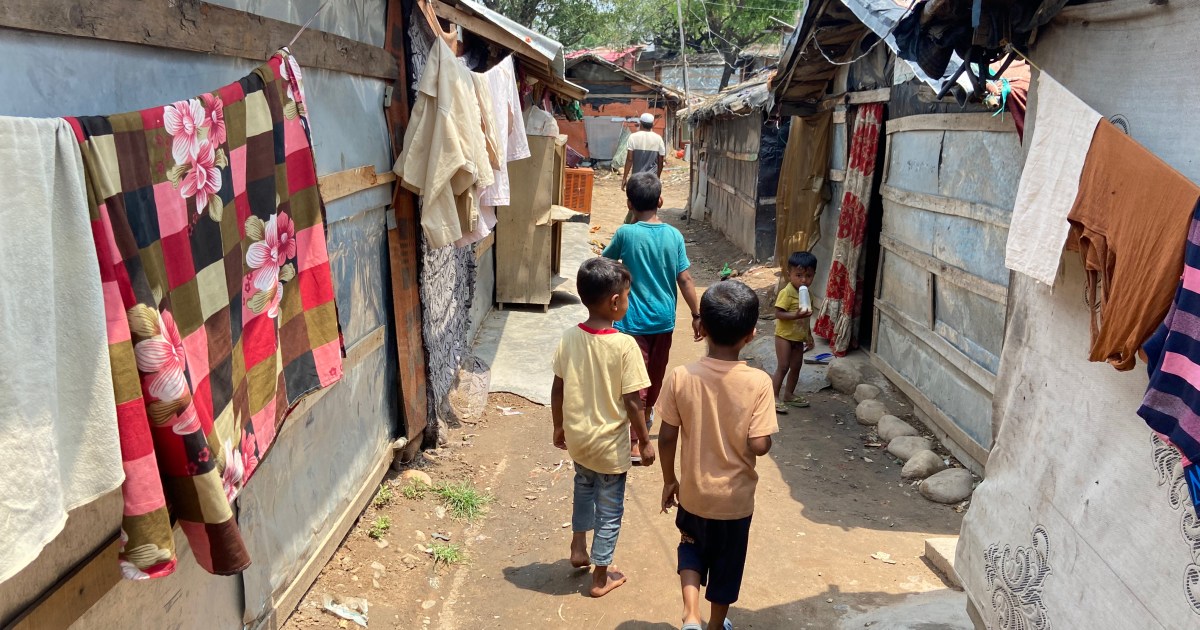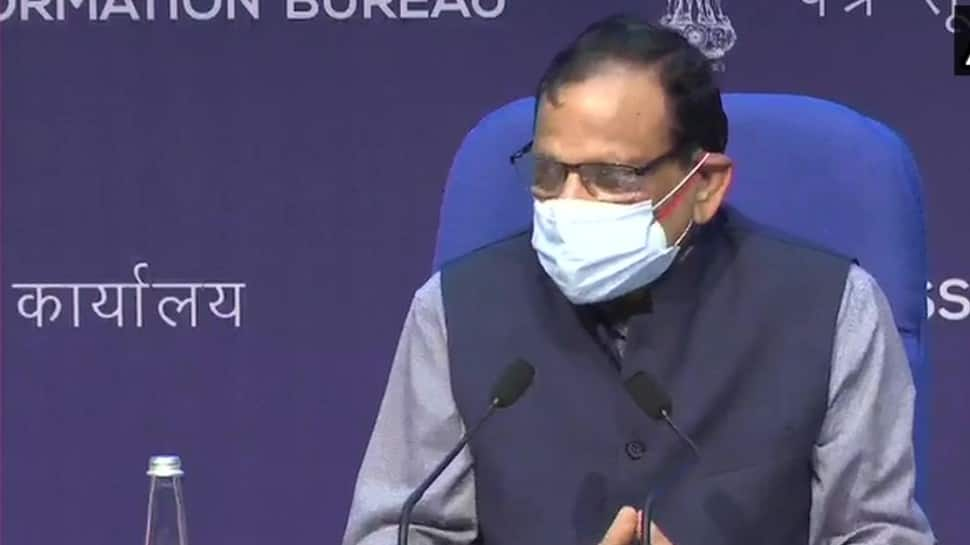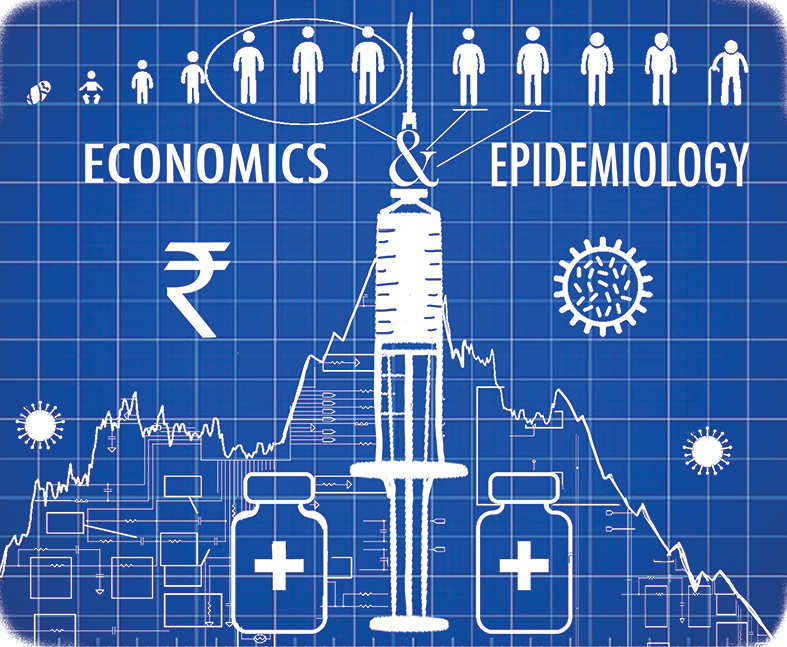Bhagwan Chowdhry and Deepa Mani
In a recent presentation to Niti Aayog, our faculty colleagues from ISB raised an alarm that vaccine supplies are limited and that it may take several months before we are able to vaccinate a significant proportion of the population. Yet, we can use principles of epidemiology and economics to schedule the rollout of vaccinations in the country.
In the current plan, the government began with vaccinating the older population first, beginning with those who were 60 years and older, followed by those who were 45 and older, and finally the population that is 18 years and older. Understandably, this rollout plan assumes that the older population is more vulnerable to the virus and thus, must be protected. However, it ignores an important epidemiology consideration that the younger population that is more mobile is also more likely to spread the virus.
Per reports of the Union health ministry, individuals in the age group 30-50 years account for nearly 40% of cases but only 17% of deaths registered in the second wave while individuals over 50 years account for less than 30% of cases and over 80% of deaths registered in this wave. Infections in the former age group are largely asymptomatic and growing exponentially in recent weeks, leading to a very large number of cases and deaths that disproportionately affect the older, more vulnerable population.
Therefore, we would be better off vaccinating the young and the mobile population first. Priority groups could include auto and cab drivers, delivery personnel, security and medical personnel, and others who need to be out and about in the proximity of diverse individuals to earn a living to support their families.
Given that the second wave of the pandemic is more geographically clustered than the first wave – per the Lancet Covid-19 Commission task force report, the number of districts accounting for the top 75% of cases was 60-100, while it has been around 20-40 districts during this surge – it would be especially valuable to first focus on priority groups within these states and districts with the fastest rates of infection. States include Maharashtra, Chhattisgarh, Karnataka, Delhi, Tamil Nadu, Uttar Pradesh, Madhya Pradesh and Gujarat.
Calls for a national lockdown are getting shriller as people recall that the stringent lockdown imposed by the government almost a year ago appeared to have arrested widespread contagion of the earlier variant of the virus. However, that lockdown also caused misery for migrant workers and other daily wage-earners that should still be fresh in most people’s minds.
The lockdown resulted in a sharp contraction of 23.9% in the country’s GDP growth rate for the quarter ending June. Analyses by the Pew Research Centre estimated that the middle class in India shrunk by nearly 32 million and the number of poor people (with incomes of $2 or less a day) increased by nearly 75 million because of the recession in 2020. Any reasonable model of tradeoffs between lives lost to the virus and lives lost to economic deprivation would not lead to a corner solution in which people are confined to their homes as was the case in April and May last year.
A reasonable tradeoff would suggest that we should instead limit people to large enough communities in which most economic activity can continue relatively unimpeded. Restrictions can be placed for movement in and out of the community as we continue with a reasonable plan for vaccination. Only those with a negative RT-PCR test and vaccination should be allowed to leave and enter a community. We must, however, ensure that movement of goods continues unimpeded between communities and across states, facilitated by those without restrictions, to limit damage to economic activity.
Vaccination must proceed in a prioritised manner. As we have argued, younger wage-earners, especially the urban poor in districts where the infection is clustered must be vaccinated first. Restriction for movement across communities should be eased for those who are vaccinated, and as more and more people get vaccinated, mobility and economic activity will improve.
Age is easy to verify using Aadhaar. Another simple way to prioritise vaccination for those who are critical wage-earners is to charge a reasonable fee, say Rs 1,000, for vaccination. Those who are more critically affected by restrictions on mobility would be more willing to give up a few days of wages in exchange for early vaccination and thus early unrestricted re-entry into the workforce.
Of course, this would seem unfair to the poor and the needy, but a separate cash transfer could be made to the vulnerable poor population funded partially from the cash collected for vaccinations from the more well-endowed segments, who would be also willing to pay for the vaccination to get early access.
Finally, a plan to import the Johnson & Johnson vaccine which requires a single shot would be extremely useful in increasing the vaccinated population so that the nation can get back to its growth agenda as soon as possible.
The writers are Professors at the Indian School of Business (ISB)
Disclaimer
Views expressed above are the author’s own.
END OF ARTICLE






More Stories
Why is ‘Summer and Diabetes’ a dangerous combination?
Wipro announces salary hikes effective September 1; second in CY21
India’s 10 most underrated archaeological discoveries